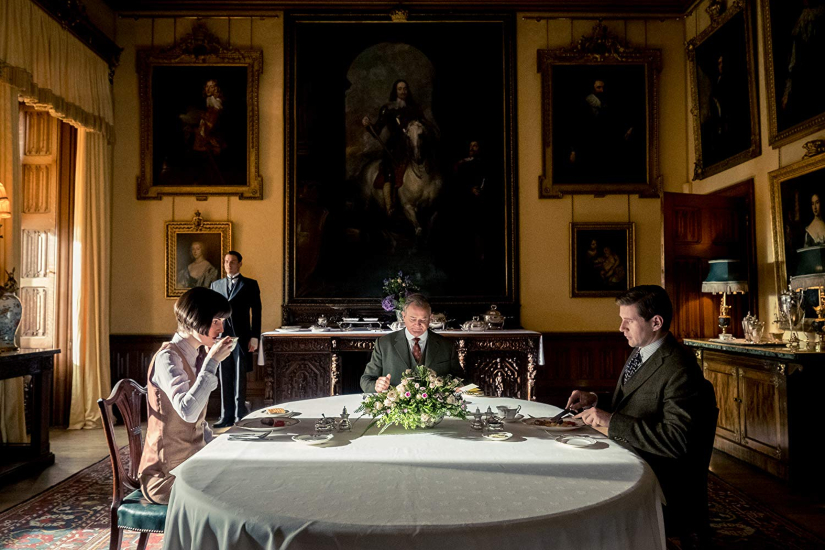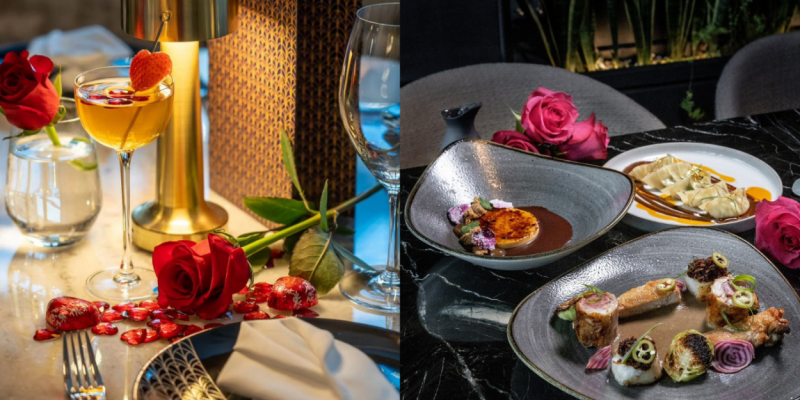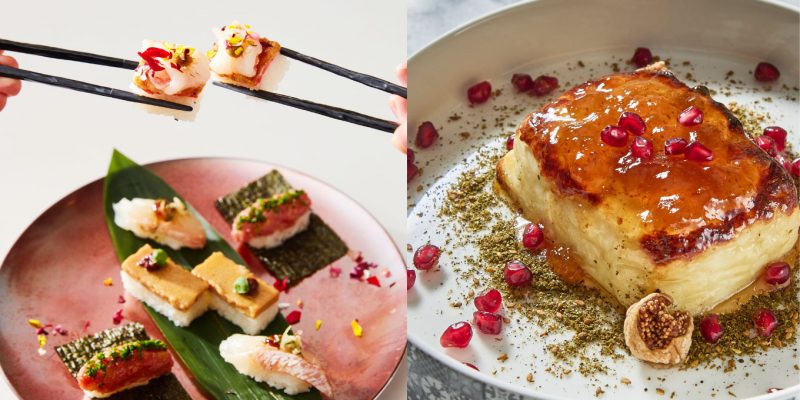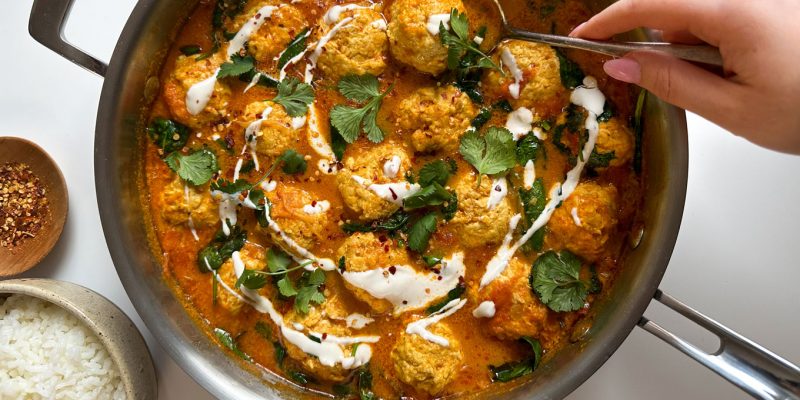Food & Drink
Now You Can Eat Like You're in Downton Abbey
Make a meal Violet Crawley would approve of.
by : Patricia Karounos- Sep 19th, 2019

What was one of the first questions a member of the Downton Abbey cast asked food historian Annie Gray, author of The Official Downton Abbey Cookbook? “Lesley Nicol, who plays [chef] Mrs. Patmore said to me: ‘Is it actually like the food that we get – because that’s usually cold,’” Gray tells us over the phone, laughing. “I was able to say, ‘Well, no, these are actually edible versions of the stuff you get [on camera].”
For the cookbook, Gray was handpicked to research and recreate historically-accurate recipes, all of which have appeared in some form on the beloved period drama over the course of its six-season run. Recipies are also split into upstairs (think oysters au gratin and champagne jelly) and downstairs (including classics like treacle tart and spotted dick) sections. The cookbook dropped this week, just in time for the Downton Abbey movie‘s theatrical release, so you can eat like a Crawley before reuniting with them on the big screen. We caught up with Gray to find out what it takes to make a meal worthy of the Dowager Countess herself.
Were you a Downton Abbey fan before doing the book?
No, I’d never watched it! But I was aware of what was going on because I used to work in costumes. And, obviously, when I was writing the book I watched all of the series. I did it in about three weeks, so it was quite full-on.
After watching the series, why did you think a companion cookbook made sense?
Food is so integral on Downton Abbey. You don’t always see the dishes being talked about, but the kitchen is always there and the characters are often dining. From a food history point of view, the Edwardian era through to the middle of the first world war is a really interesting one. You see the food flavours changing from a very heavy to something that’s much more light.
How did you pick the recipes for the book?
I wanted to really make sure this book reflected the viewers’ perspective, so I wanted to put in the recipes that they would recognize. Any recipe that was named in the show or any recipe that was recognizable on the screen is in the book. But then, above and beyond that I wanted to include enough recipes to be representative of the cuisine of the time – enough that anybody who wanted to throw a Downton Abbey party would be able to cook a representative selection of dishes.
How did you adapt these older recipes for 2019?
I wanted them to be as accurate as possible while also being cookable. I drew up a shortlist of recipes, and then I researched them using recipe books published during that era. And I didn’t want to modernize them too much. I wanted people to cook those recipes and actually turn up with something that would have been recognizable to people in the past. The tweaks were very low key – I might add baking powder instead of using eggs. I mean the people who watch Downton, of course, they’re watching it for pleasure. But they’re also watching it because they are interested in the history, otherwise, they’d be watching Jersey Shore or something. I didn’t want to dumb it down. That’s not fair to fans, to just give them a modern recipe for a carrot cake and then claim it’s got something to do with Lady Cora.
What are some essential tools and ingredients people should have if they’re cooking from the book?
I’ve made sure that you can get all of the ingredients that you need. There are a few things [that are harder to find]. But actually good quality ingredients are more important than anything else – meat, for example, at that time would have been natural and antibiotic-free. So sourcing organic meat is very, very important. And most of the recipes don’t require too much in the way of specialist equipment. Maybe some jelly-molds to get them very beautiful.
What tips do you have for someone using these recipes for something like a Downton Abbey viewing party?
Pick the recipes that you like, first of all. Don’t try and do something that you think sounds Edwardian but you’re not sure if you’re going to like it, because otherwise, you’re going to be really disappointed. Pick things that sound delicious and that suit your taste. And have fun with it. Enjoy the fact that you’re able to cook something in homage to something you like.
What’s your favourite recipe from the book?
I really like the vegetable curry. It’s a really versatile recipe that I tend to use when we’ve got extra vegetables sitting in the bottom of the vegetable drawer.
Newsletter
Join our mailing list for the latest and biggest in fashion trends, beauty, culture and celebrity.
Read Next

Fashion
Zendaya Welcomes Spring in a Retro Floral and Tulle Dress
Another day, another preppy tennis-core look.
by : Briannah Rivera- Apr 23rd, 2024

Culture
A Joe Alwyn Source Explains Why He Didn’t Want to Talk About Dating Taylor Swift
Following the release of The Tortured Poets Department, new insight about the British actor’s decision emerges.
by : Alyssa Bailey- Apr 23rd, 2024

Beauty
Tested and Approved: Your New Hydrating Skincare BFF
This new product has all of your skin’s thirst-quenching needs covered.
by : ELLE Canada- Apr 17th, 2024




